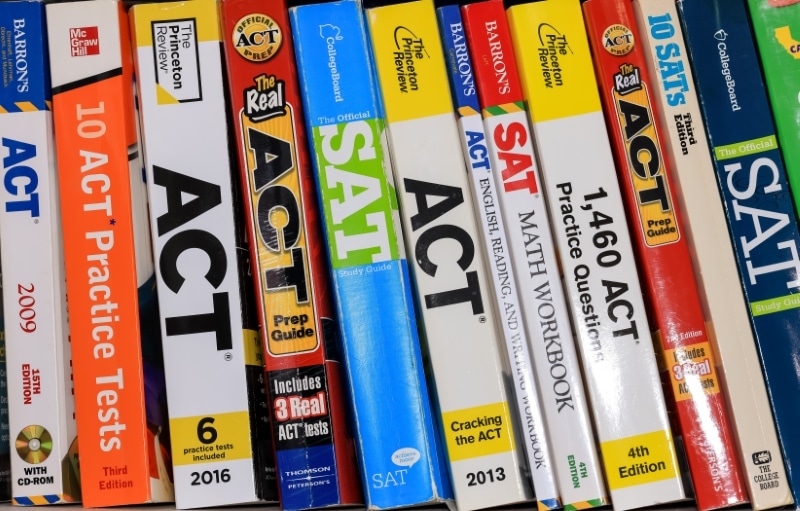As seen in

The modern student needs more than just standard academic tutoring.
Post-pandemic students’ needs are emotional as well as intellectual. They need holistic personal coaches who also empower them in the academic sphere.
At BrainStorm, we are convinced that students struggle academically primarily for non-academic reasons. Our vision has always been a worldwide community of curious learners who understand their unique genius and are equipped with long-term skills that also produce short-term breakthrough outcomes.
Reviews
SOLUTIONS FOR EVERY FAMILY:
OUR FOUR ACADEMIES
BrainStorm is an educational consultancy offering tutoring services and admissions consulting for ages 12 to 24. Each of our four academies features a dedicated director and specialized academic coaches to meet the unique needs of every student through personalized private sessions, online courses, and/or group experiences.
Pre-algebra, algebra, geometry, precalculus, various levels of calculus… biology, chemistry, physics… and various social sciences. Grades 7 through college, including AP tests.
Pre-algebra, algebra, geometry, precalculus, various levels of calculus… biology, chemistry, physics… and various social sciences. Grades 7 through college, including AP tests.
Pre-algebra, algebra, geometry, precalculus, various levels of calculus… biology, chemistry, physics… and various social sciences. Grades 7 through college, including AP tests.
Pre-algebra, algebra, geometry, precalculus, various levels of calculus… biology, chemistry, physics… and various social sciences. Grades 7 through college, including AP tests.























